Hanok Guesthouse Dongchonchae / 한옥 게스트하우스 동촌재
1.7Km 2025-08-12
21-10, Jahamun-ro 11-gil, Jongno-gu, Seoul
Built in 1939, Dongchonchae was designated as Seoul Well Hanok by the Seoul Metropolitan City in 2016. In 2020, this hanok (traditional Korean house) received the Certificate of KOREA QUALITY from the Korea Tourism Organization in the Heritage Hanok field in recognition of its historicity and quality of services. Dongchonjae is located in the western side of Gyeongbokgung Palace, at Seochon. When one passes through its main gate, one sees the yard, with anchae (women's quarters), sarangchae (men's quarters), and byeolchae (detached quarters) surrounding the plot. Anchae has four rooms, daecheong (wood-floored main hall), a kitchen, and a restroom. One of the rooms is used for tea ceremonies as well. Outside of the sarangchae and byeolchae, which are the living spaces for the owners, visitors have free access to the numaru (raised open floor) and the yard. The anchae’s rooms “Bom” and “Yeoreum” can accommodate 2 to 3 adults each, while the rooms “Gaeul” (Tea Room) and “Gyeoul” are optimal for two. The building is rented out as a whole, so no more than one group may stay in the building at any given time. Standard occupancy is four persons, and eight is the maximum number. There are two restrooms, one within the anchae building, one out in the backyard.
Cooking is not allowed in the kitchen, but guests are free to bring in outside food. Experience programs on offer include nighttime exploration of Seoul City Wall, tea ceremony, folk songs, and rice cake making. Additional payment is only required for rice cake making. Guests may choose between two types of complimentary breakfast: Korean, which comes with rice, soup, and three side dishes; and Western, which comes with bread, salad, and coffee. There are a 100-in screen and mini projector for film watching in the yard or daecheong. Towels, toiletries, hair dryer, bottled water, traditional tea, and capsule coffee are included. The kitchen is equipped with kitchen utensils, a microwave, and a coffee pot, enough for instant foods. Guests also have access to refrigerator and washing machine
Haeunjae / 하은재
1.7Km 2025-08-12
68-10, Jahamun-ro, Jongno-gu, Seoul
Haeunjae (下隱齋), meaning “hermit’s residence,” is a hanok (traditional Korean house) residence located in Seochon Hanok Village, near Gyeongbokgung Station on Seoul Subway Line 3. It is dedicated to the ideal of “movies and rest,” and takes after the characteristic form of modern hanok with a small courtyard. The entire house is rented out at once, with a queen bedroom, kitchen, movie room, and two restrooms. Up to 4 guests can reserve the house, with each additional guest above the standard of 2 having access to additional bedding.
The movie room is furnished with a Bose sound system, beam projector, and screen, along with a mobile foot bath. The kitchen is equipped with a refrigerator, hand drip coffee maker, toaster, electric kettle, and utensils. A 10% discount is available for guests staying for more than 2 nights on weekdays, and towel replacement and cleaning services are offered for guests staying for more than 3 nights.
The residence is located close to tourist sites like Tongin Market, Gyeongbokgung and Changdeokgung Palaces, and Samcheong-dong area.
Parc Sajik à Séoul (사직공원(서울))
1.7Km 2022-09-19
89, Sajik-ro, Jongno-gu, Seoul-si
+82-2-2148-2834
Le parc Sajik est l’un des trois parcs les plus populaires de Jongno-gu, avec le parc Tapgol et le parc Samcheong. Situé à l’Ouest du complexe du gouvernement central, au Sud-Est du mont Inwang, le parc possède la taille impressionnante de 188,710 m².
Le nom du parc remonte à 1395, lorsque Taejo Lee Sung-gye construisit le premier Sajikdan (autel dédié aux divinités d’Etat), avec en son centre, le sanctuaire Jongmyo (sanctuaire ancestral royal). « Sa » désigne la divinité de la terre, tandis que « jik » se réfère au dieu des cinq céréales. Des rituels pour obtenir une bonne récolte avaient lieu régulièrement au Sajikdan. Néanmoins, le site n’a pas été reconnu officiellement comme parc jusqu’en 1922, lors de la période coloniale japonaise.
Dans le parc, on trouve plusieurs terrains de jeux, des statues de Sin Saimdang, Hwanghakjeong et Yi I (souvent mentionné sous son nom de plum « Yulgok »), ainsi que la bibliothèque municipale des enfants. Le sanctuaire de Dangun et la bibliothèque de Jongno se trouvent à proximité. En suivant le sentier près du parc Sajik pendant environ 5 minutes, les visiteurs peuvent atteindre le parcours de randonnée du mont Inwang relativement facilement.
Jinokhwa Halmae Wonjo Dakhanmari (Jin Ok-hwa Original Chicken Restaurant) (진옥화할매원조닭한마리)
1.7Km 2024-12-11
18, Jong-ro 40ga-gil, Jongno-gu, Seoul
+82-2-2275-9666
Jinokhwa Halmae Wonjo Dakhanmari first opened its doors in 1978 and has continued to be a much-loved restaurant on Jongno 5-ga for the past 30 years. The restaurant only uses fresh young chickens, which are about 35 days old, and minimal seasoning to allow diners to fully enjoy the tenderness of the meat. Dip your chicken in the special marinade sauce and couple it with a helping of Kalguksu (a noodle dish) for a perfect meal combination.
Musée d’art ARKO (아르코미술관)
1.7Km 2023-08-07
3, Dongsung-gil, Jongno-gu, Seoul
+82-2-760-4850
Ce Musée se situe dans le parc des Marronnier. Le lieu est très prisés notamment du jeune public. Le musée a été construit par l’Institut de Promotion de la Culture afin de développer l'activité artistique dans la région. Achevé en 1979, il apporta un nouvel espoir aux artistes pour lesquels les lieux d’expositions manquait. Le centre contribua à l’essor des arts en proposant des espaces d’exposition à des prix très bas mais aussi en organisant des projets d’importance et devint ainsi un acteur incontournable dans l’histoire des arts plastiques en Corée.
Of one book and stay / 일독일박
1.7Km 2025-08-11
11-1, Pirundae-ro 3-gil, Jongno-gu, Seoul
This hanok (traditional Korean house) is located in Seochon Village near Gyeongbokgung Palace. It is a modern C-shaped hanok centered around the inner courtyard, which is the first thing that the guests see after entering through the gate. While it is not expansive, white pebbles and a foot bath make this hanok a unique one. One can enjoy a foot bath while sitting on the porch.
The bedroom, which is located beyond the living room, is furnished with a queen-sized bed. Opening the screen doors brings one to the view of the kitchen area beyond the inner courtyard. A large table, plush sofa, and a small bookcase make the space ideal for books and discussions. Climbing the wooden ladder to the side of the kitchen brings one to the attic, which also doubles as a Korean-style room with a skylight. The kitchen is furnished with a refrigerator, microwave oven, gas stove, electric kettle, toaster, pots, utensils, wine glasses, and bottled water. There is a restroom with a bathtub. The standard occupancy of the house is 4 people.
Porte de Sungnyemun (Namdaemun) (숭례문)
1.7Km 2022-08-03
40, Sejong-daero, Jung-gu, Seoul-si
+82-2-779-8547
La Porte Sungnyemun est le Trésor National N° 1, souvent appelée Namdaemun. Etant la plus grande porte en Corée, la Porte Namdaemun a une entrée de la forme d’une arche, au centre d’une plateforme en pierres. Le pillier et le toit sur la plateforme se divise entre une couche supérieure et une couche inférieure. Il y a une porte pour pouvoir passer à chacune des portes à l’est et à l’ouest. Les herbes vertes entourant la plateforme sont la preuve qu’il s’agissait bien du mur d’un château. Lorsque le premier roi de la Dynastie Joseon, Lee Seong-Gye (règne 1335-1408), a construit la ville capitale, il croyait que le feu atteindrait le Palais Gyeongbokgung, de même que la ville capitale, parce que le Mt. Gwanaksan de Séoul à la forme d’un feu, d’après les principes de Feng-Shui. C’est pourquoi, la tablette sur la Porte Sungnyemun a été inscrite verticalement afin de protéger la ville d’un incendie parce que les caractères chinois qu’on écrit dans le sens horizontal, ressemblent à un feu. L’idéographe de la tablette de la Porte Sungnyemun est solennel, élégant, puissant et décent. L’ idéographe est fameux pour le caractère du Prince Yangnyeongdaegun (règne 1394~1462), le premier fils du Roi Taejong (1367-1422) de la Dynastie Joseon. Comme il est situé au centre d’une grande route, c’est difficile de voir de près la Porte Sungnyemun mais on peut la voir facilement quand on prend un autobus ou marche dans la rue. La nuit, la lampe de mercure sous la Porte Namdaemun s’ajoute à sa beauté naturelle.
Centre des lunettes de Namdaemun (남대문 안경상가)
1.7Km 2025-08-21
Namchang-dong, Jung-gu, Séoul
Centre commercial de Namdaemun 02-753-2805
Le marché de Namdaemun regroupe plus de 150 magasins de gros et de détail spécialisés dans les lunettes, ce qui représente plus de 50 % de la distribution nationale dans ce secteur. Les boutiques se concentrent principalement à Namchang-dong, derrière le centre d’importation de Sungnyemun, ainsi que dans le bâtiment principal du marché, le centre commercial de Namdaemun, au 2ᵉ étage du théâtre de Namdaemun, le long de la rue piétonne de Namdaemun-ro et à l’entrée du marché sur Toegye-ro, notamment dans le complexe “Segyero Optical Town”. Certaines enseignes sont également dispersées dans d’autres zones. Parmi ces magasins, certains de grande taille produisent et vendent leur propre marque, tandis que d’autres travaillent en lien direct avec des usines sous-traitantes. Dans les deux cas, les consommateurs peuvent acheter des lunettes 30 à 50 % moins cher que les prix pratiqués sur le marché classique.
Ruelle des plats de poulet à Dongdaemun (서울 동대문 닭한마리 골목)
1.7Km 2021-04-08
14, Jong-ro 40ga-gil, Jongno-gu, Seoul
+82-2-2236-9135
La rue des plats de poulet à Dongdaemun se situe près des complexes de shopping à Dongdaemun et abrite à la fois de nouveaux et d'anciens restaurants spécialisés dans les plats de poulet notamment dans le plat dak kalguksu (soupe de nouilles et de poulet).
Seoul Gyeonggyojang (서울 경교장)
1.7Km 2021-06-22
29, Saemunan-ro, Jongno-gu, Seoul
+82-2-735-2038
Situé a Pyeong-dong, Jongno-gu, Seoul, c’est
un lieu historique ayant servi de bureau et lieu de résidence de Kim Gu, indépendantiste
et chef du gouvernement provisoire coréen, depuis son retour de Chine de
novembre 1945 jusqu’à son assassinat le 26 juin 1949. Avec le Ihwajang de Lee
SeungMan et le Samcheongjang de Kim GyuShik, Gyeonggyojang fait partie des 3
lieux qui ont vu la naissance de la fondation de la République de Corée. Choi
ChangHak, exploitant de mine d’or, bâtit cette maison au style architectural japonais
de 875m² (un sous-sol, et
deux étages en surface) sur un terrain de 5 235m² et la nomma Jukcheomjang. Après la date
d’indépendance du 15 août, Choi ChangHak offra cette résidence à Kim Gu qui
renomma cette demeure au nom japonais par le nom Gyeonggyojang tiré du nom d’un
pont se situant à proximité. En 1968 l’hôpital Goryeo, actuel Gangbuk Samsung,
racheta cette résidence pour l’intégrer dans son centre hospitalier.

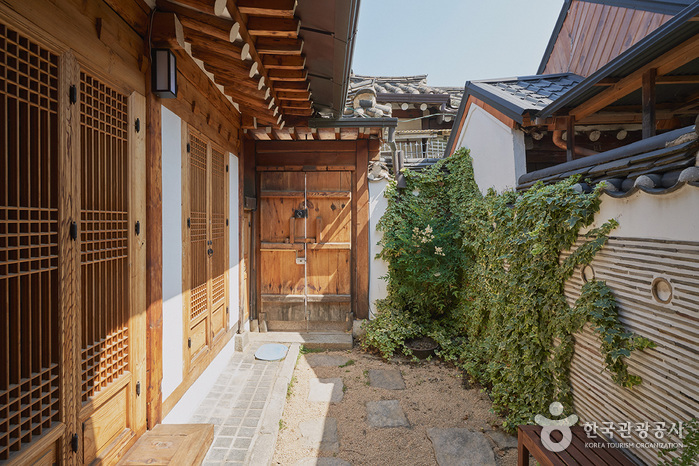
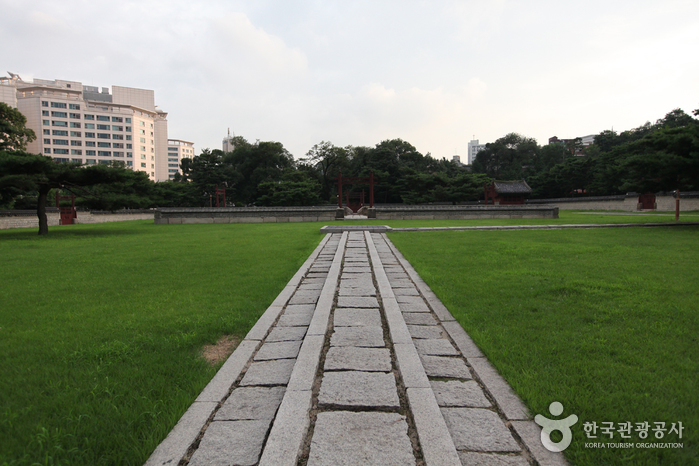

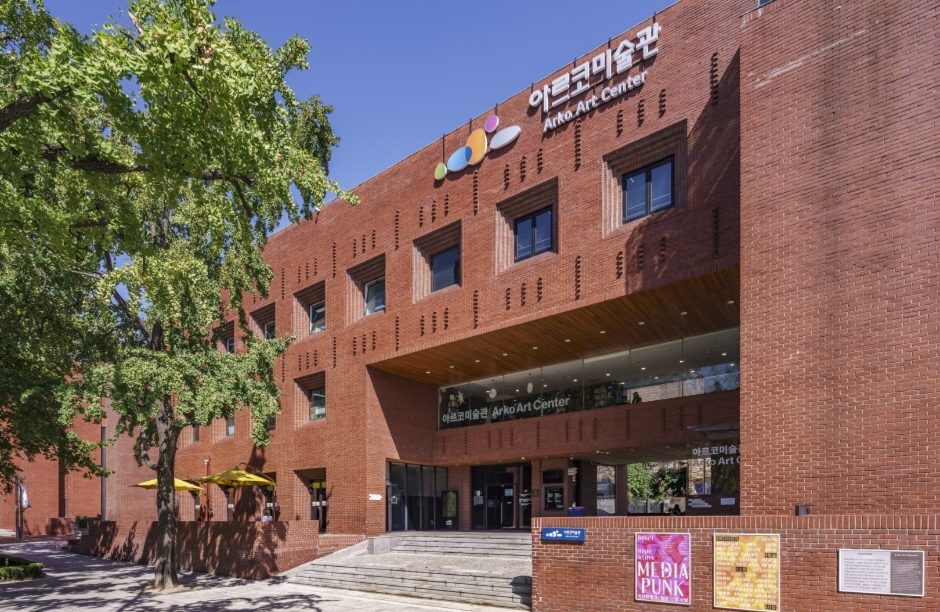
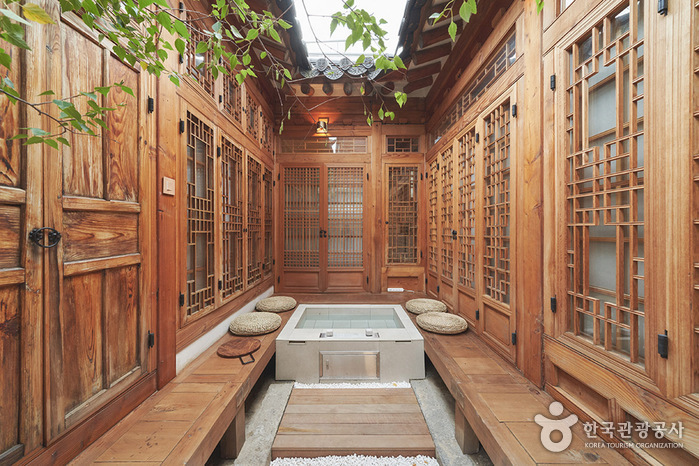
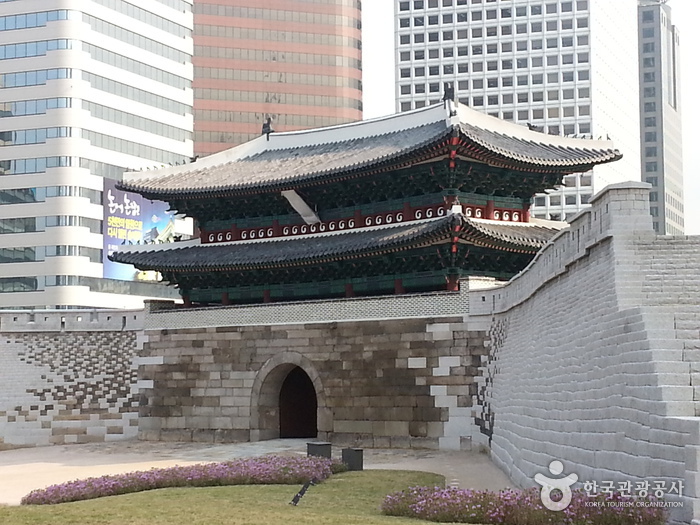
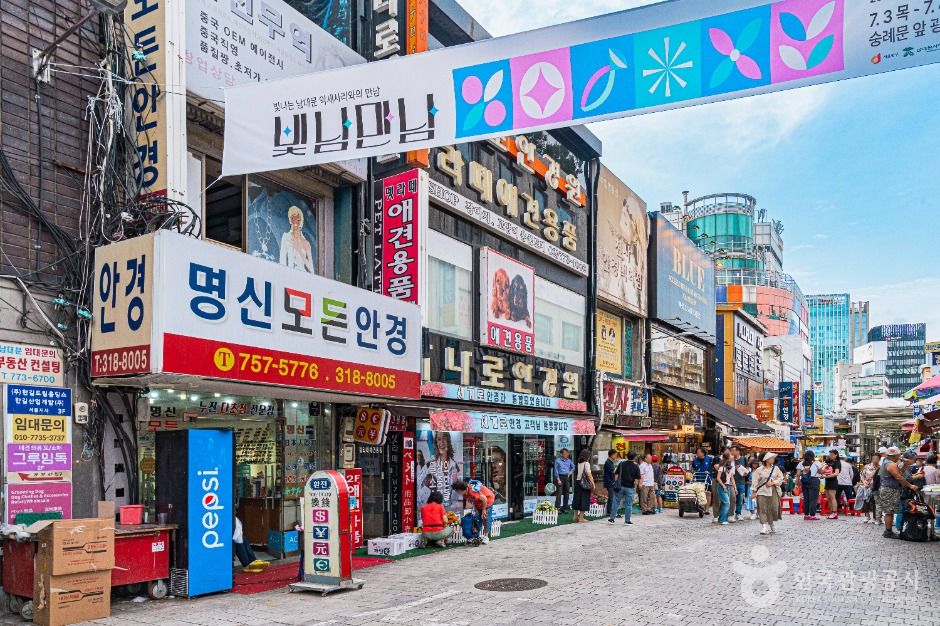
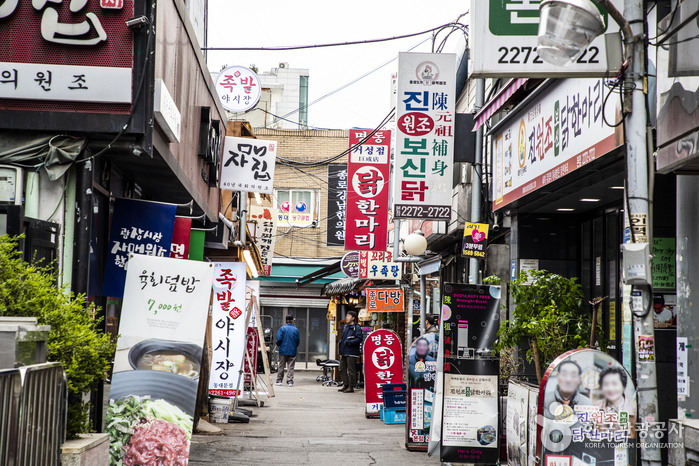
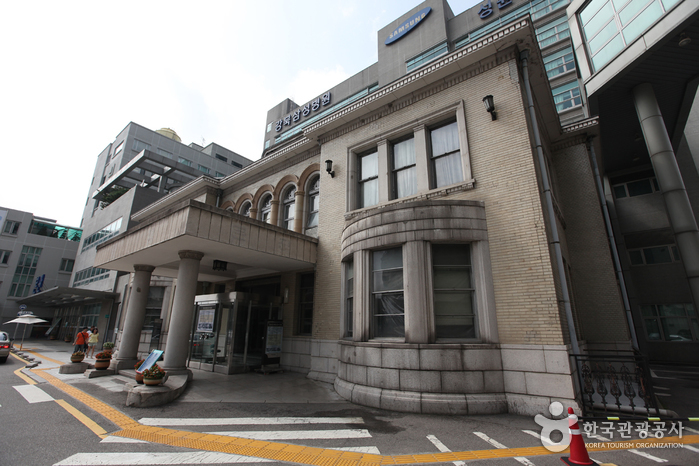
 Français
Français
 한국어
한국어 English
English 日本語
日本語 中文(简体)
中文(简体) Deutsch
Deutsch Español
Español Русский
Русский